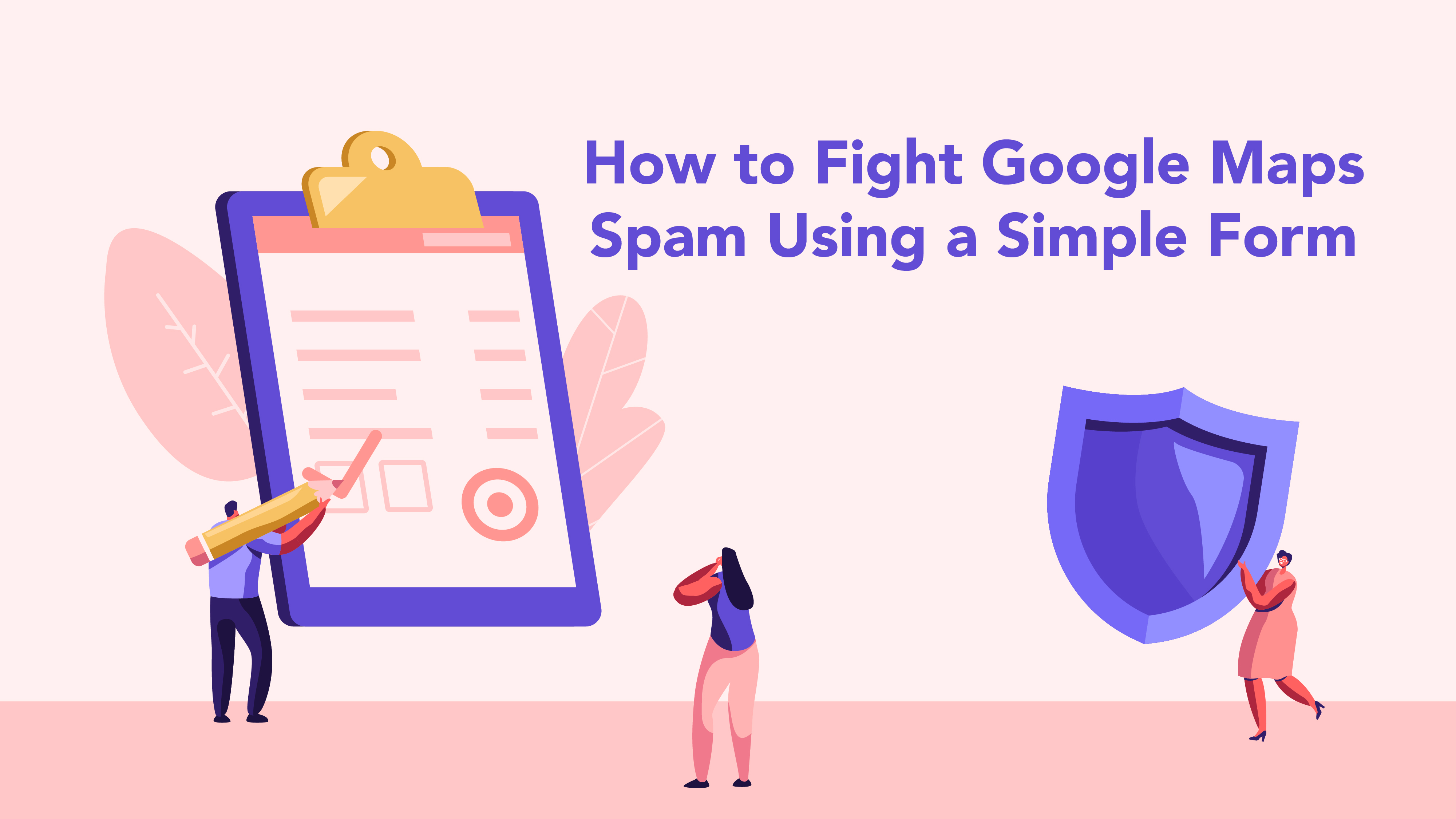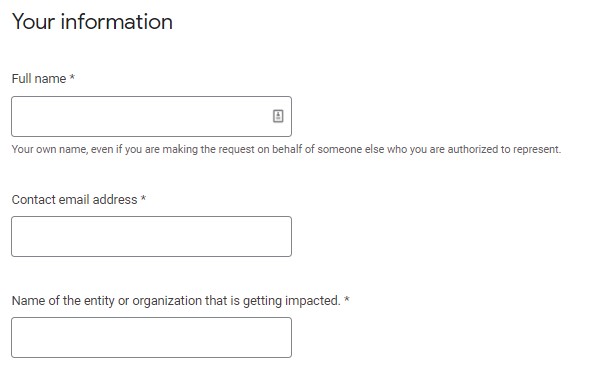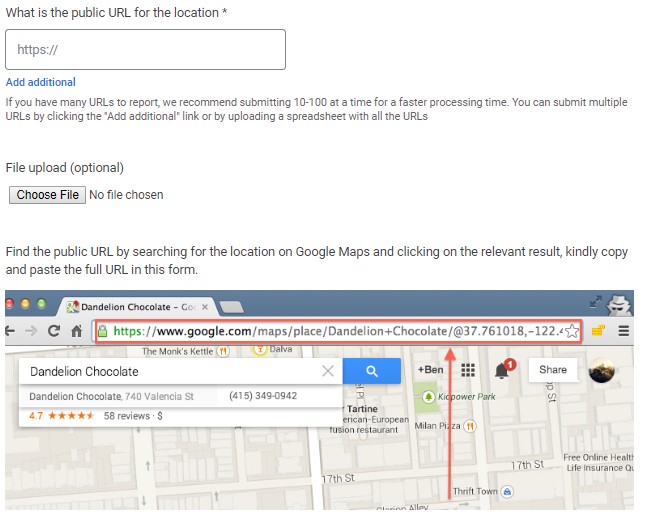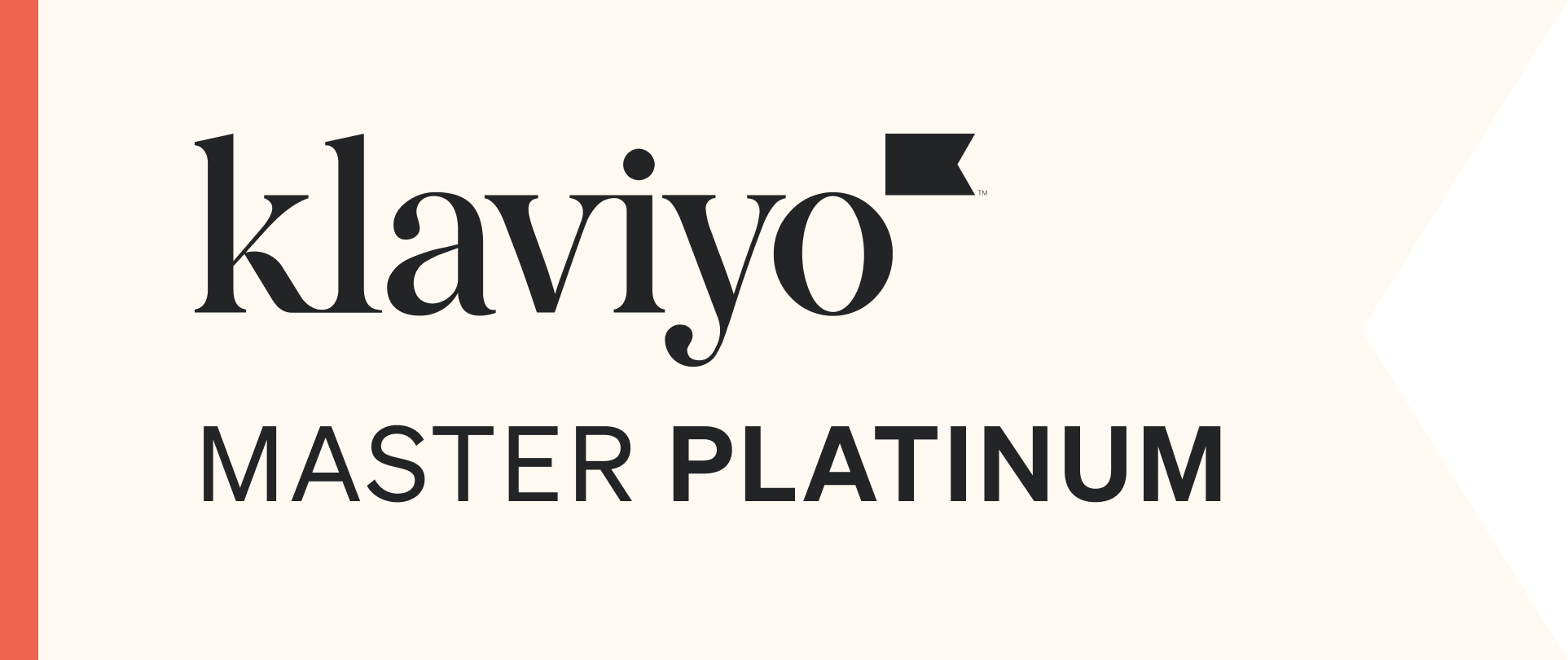By Rachel Stires on 14 Oct 2019

If you’ve ever worked with Google My Business, you’ll know that one of the biggest threats that a business faces on this platform is being overtaken and outranked by spam. Much like a spam e-mail crowds up your inbox, spammy Google My Business listings have been crowding the platform throughout the years, worming their way to the top of local ‘snack packs’ and organic search results with what seems like relative ease. There are several ways a listing can be spammy – from keywords crammed into the business name to fake reviews and falsified questions and answers – but Google has finally given us a tool to combat some of this spam.
This new tool – or rather form – takes the name Business Redressal Complaint Form and seems like the answers to all our local SEO prayers, but how does it work? At Wolfgang Digital we’ve used this tool a few times and we’ve been consistently impressed with it. However, it can be a little tricky to figure out what you’re meant to do in the first place. Some of the language is a little confusing and vague, so much so that even local SEO specialists (ahem – myself) were confused as to what kind of information you needed to provide. Now that we’ve muddled our way through it and figured it out, we’ve decided to treat you guys out to a handy and quick guide to get started.
What Do I Report?
You can report all kinds of spam with this form. For example, if someone is keyword stuffing in their business name, this can be reported. Another example would be a business with multiple listings for the same address, advertising different options of the same business. Unusual Google My Business listings are easy to spot, but if you’re unsure, I would highly recommend looking through the official Google My Business guidelines.
Filling out the Business Redressal Complaint Form
The first thing the form will ask for is your information. I’d prefer to put on the ‘concerned Google Maps User’ persona rather than ‘concerned SEO specialist who knows their competitor is being shady’, and I’d recommend that you do the same. Don’t use your work branded e-mail address, regardless of whether you’re a marketing manager or SEO specialist yourself!
The next piece of information they ask for in this section is the 'Name of the entity or organisation that is getting impacted,'. What they mean is 'What is the name of the organisation you are reporting?' There was a lot of confusion surrounding this field when the form first came out – and given the confusing language of this question, that’s understandable. Thankfully, local SEO pros figured this out for us and we know that this field is for the spam listing, not your business!
Next, you will be asked to identify the malicious content, as well as the ‘public URL’ of the listing. This refers to the Google Maps URL the spammy listing can be found at. Search for the listing you are reporting on https://www.google.com/maps to find this. If you are reporting a business for having multiple fake listings, make sure to add the URLS of all the fake listings as well. You can do this by clicking the ‘Add Additional’ text or upload a CSV with all of the URLs.
After this, it’s time to brush up on your typing skills. Your chance to add evidence will come in the form of a text box, and you should be as detailed as you possibly can. You have 1000 characters, make them count! I would highly recommend specifically referencing the Google guideline that this listing is misusing or breaking.
After this, you’re all set, now it’s time to wait for the magic to happen. What if nothing happens, you ask? That’s why you keep the form bookmarked! Google’s a bit tight lipped when it comes to reports and making changes, so here’s what happened when I reported a set of spammy business listings.
Example
I have sent this form in several times over the course of it’s existence, but one case in particular stood out to me. One of my client’s competitors (we'll call them XYZ) had 6 listings total and only 1 'real' listing. The fake listings were named for the respective services they offered, and each pointed to a unique website. These listings were dominating results because they used high search volume keywords as their business name. This was obviously a good way to snag users searching with these keywords. Suggesting edits to these listings did not seem to be doing the trick.
Evidence of Spam

After further investigation, I found that all these websites explicitly stated that they were owned by 'XYZ'. Their branding was also almost identical across all the websites, just with different words. Here's all the information/evidence I compiled on these listings.
- Each listing was using the exact same address, they were just pinned to different parts of the building/road nearby.
- Some listings were using the same phone number.
- Each listing was using similar branding, even though the names appeared to be different.
- Pointed out that each of the websites was stated to be owned by 'XYZ' company.
- Pointed out where their 'Book now' buttons on each site took people back to their 'XYZ' site to book.
I compiled all the evidence, built my case in the Spam Redressal Form, and sent the report off. I kept checking to see if Google had emailed me regarding my submission, but I didn’t have anything other than the automated email you will receive right after submitting.
Results
.png)
A few weeks after I sent my report in, I noticed that all the spam listings that I had reported were completely removed from the map. When I tried to search for them, they didn't show up. Completely wiping a listing off the map is highly unusual for Google. Any Google representative would tell you that you can’t just remove a listing from Google Maps, which is why I don’t believe they would do it either.
Most of the time, Google uses soft suspensions when businesses aren’t following guidelines. A soft suspension means that your listing will still show up in Google Search results. Hard suspensions mean that your listing won’t show up at all in search results. I would assume these listings have received a hard suspension and must go through Google’s suspension removal process to get back on the Map.
Wolfgang Takeaway
Spam on Google Maps is by no means a new thing, and whether you’re a local SEO whiz or not, you’ve probably noticed an unusual listing or two if you’ve spent any time on the app. Those who do work in SEO or own a business have probably experienced the same frustrations when they see a spammy listing ranking above their own, merely because they’re stuffing keywords into their business name or have created numerous fake listings. By releasing this business redressal form, Google has given everyone – users, business owners, and SEO experts – the opportunity to combat it.
The best way to fill out this form is thoroughly. Explain your reasoning for submission via a carefully thought out description. While you may not get a response, you will see a difference in your local SERP. After reporting, the most important thing to do will be to monitor results, and if needed, resubmit anyone trying to claw their way back to the top with black hat practices. By combatting spam on the map, you’re giving your client an opportunity to stand out by following best practices, rather than using “BEST SOLICITOR IN DUBLIN NO WIN NO FEE EXPLAINED (XYZ Solicitors)” and risking getting flagged.











